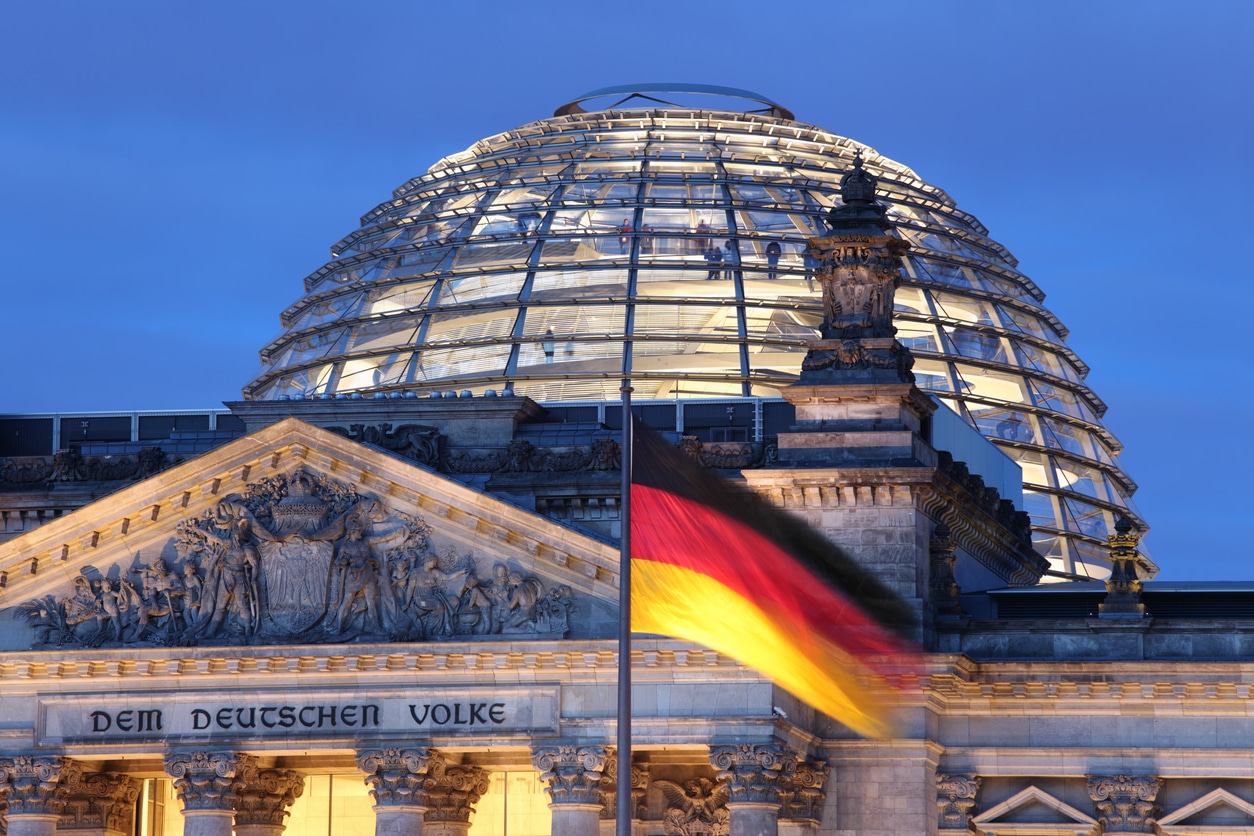The German culture is renowned for its unique people, language, and traditions. It has a long and storied history, from being part of the Holy Roman Empire to be one of the most economically stable countries in the world. Today, Germany is home to 82.2 million people from diverse nationalities who come together to form a country filled with values, cultural celebrations, and customs.
The German culture has its roots dating back to the early first millennium and has undergone changes through the course of history, shaping not only Germany but Europe as a whole. Germans refer to their country as Deutschland, while English-speaking countries call it Germany. The capital city of Germany is Berlin, but Hamburg, Munich, and Cologne are also significant cities. The average life expectancy for women in Germany is 83 years, while for men it is 79 years. The official language is German and the majority religion is Christianity.
There are various stereotypes associated with Germans, such as their love of beer, punctuality, and hardworking nature. It is also true that Germany has a low rate of unemployment.
Pursuing a Master's program in Germany offers a world-class education, access to diverse cultures, and the opportunity to learn from industry leaders
Languages Spoken
The majority of Germany's population speaks the German language, which may be standard German or one of its dialects. In addition to German, the country recognizes four minority languages, including Upper and Lower Sorbian, Romani, Danish, and North and Saterland Frisian. Immigrants to Germany have also brought a variety of other languages, including Turkish, Kurdish, Russian, Greek, Albanian, and Polish.
Fashion
Contemporary German attire is typically western, with both men and women wearing dark suits and shirts in professional settings. Each region of the country has its own traditional costumes, which may vary slightly. For example, in the state of Bavaria, men wear leather pants that end just above the knee, while women wear a dress consisting of a bodice, blouse, full skirt, and apron. These costumes can often be seen during carnivals or festivals.
Religion
Approximately 65-70% of Germany's population identifies as Christian, with 29% of those being Catholic. The Muslim minority constitutes 4.4% of the population. Around 36% of people do not identify with any religion or follow a religion other than Christianity or Islam.
National Symbols
The symbols of Germany have changed throughout its history, reflecting the events and cultural traditions that have shaped the country. The eagle was once part of the Holy Roman Empire, but after Prussia's victory over Austria in 1886, it became a symbol shared by two different states. Important figures such as Martin Luther, Immanuel Kant, Johann Gottfried von Herder, and Johann Wolfgang Goethe are also considered significant symbols in German history. Currently, the country's most recognizable symbol is its black, red, and gold flag.
Literary Culture in Germany
Germany is renowned for its love of reading, and it has a thriving literary scene. German publishers release approximately 94,000 new books each year, and the International Frankfurt Book Fair, the largest book event in the world, takes place in the country. Interestingly, the first known book was printed in German, and the first ever known magazine also originated from Germany.
A study by Allensbach Media Market Analysis found that 44.6% of Germans read at least one book per week, while 58.3% purchase at least one book annually.
Philosophical Traditions in Germany
Germany has a rich philosophical heritage, producing some of the most renowned philosophers in history, such as Immanuel Kant. He had a significant impact on the development of philosophy and was influenced by German philosophers like Schopenhauer and Nietzsche. Additionally, the founders of communist theory, Marx and Engels, were also from Germany.
German Musical Heritage
Germany is home to some of the world's most renowned classical composers, such as Bach and Beethoven, who helped shape Western classical music as it transitioned from the classical to the romantic era. Other famous composers from Germany include Brahms, Schubert, Handel, Telemann, Orff, and more.
Today, Germany boasts a vibrant music scene with a range of festivals, including those that feature electronic, hip-hop, and rock & roll music. The largest music festival in Germany, and one of the largest in the world, is Rock am Ring, which attracts musicians, performers, and music fans from around the globe.
In addition to its thriving music scene, Germany is home to numerous opera houses, which are also popular tourist attractions for visitors from abroad.
German Food and Beverage Culture
Contrary to popular belief, Germans do in fact consume a large amount of beer, sausages, and various types of bread. It is estimated that the average German drinks around 140 liters of beer each year, making them the second largest beer consumers in Europe after the Czech Republic. In 2012 alone, Germans drank 2.25 gallons of beer, which was the lowest amount since the fall of the Berlin Wall in 1990.
Sausages, or "Wurst" in German, are an integral part of German cuisine, made from pork, beef, or veal, and flavored in different ways. Germans take pride in their long tradition of bread-baking, producing a variety of bread that come in different shapes, colors, tastes, and with various seeds.
German cuisine offers a wide range of delicious traditional foods, including vegetarian and vegan options. Whether you're a picky eater or not, there is always something for everyone in Germany when it comes to food and drink.
German Architecture
The history of Germany is reflected in its stunning and diverse architectural styles, from palaces and castles to cathedrals and monuments. The country has a rich cultural heritage that can be seen in its pre-Romanesque, Romanesque, Gothic, Renaissance, Baroque, Historicist, and modern structures. For example, the ancient amphitheaters, spas, and Roman bridges showcase the former civilization in the region, while the Cologne Cathedral and other cathedrals were built during the Gothic era. During the Renaissance, castles, and palaces such as the Heidelberg Castle and the Landshut Residence were built, and Baroque architecture can be seen in buildings like the Wurzburg Residence and the Augustusburg Castle. The modern era includes structures like the Einstein Tower, the Berlin Modernism Housing Estates, and the Gliwice Radio Tower.
Art
Germany has also had a significant impact on Western art, particularly Celtic, Carolingian, and Ottonian art. Its painters and sculptors were well-known in Europe, particularly in the Gothic era. The 15th century was marked by the design of altarpieces, and over the centuries German artists have shown their skills in Baroque, Rococo, Neoclassicism, and Romanticism styles. Some of the most famous German paintings include "The Sin" by Franz Stuck, "Wanderer above the Sea of Fog" by Caspar David Friedrich, "Studio Wall" by Adolf Menzel, and the "Heller Altarpiece" by Albrecht Dürer and Matthias Grünewald.
Sports in Germany
A large portion of the German population is involved in sports, with approximately 27 million being members of sports clubs and another 12 million participating in individual sports activities. This highlights the importance of sports in German culture. The Bundesliga, Germany's professional football league, has the second-highest average attendance among professional sports leagues worldwide. The German National Football Team is considered one of the strongest in the world and has won a total of four World Cups (1954, 1974, 1990, 2014).
During major events such as the FIFA World Cup and UEFA Champions League, large screens are set up in public squares, cafes, bars, and restaurants to allow the community to come together and watch the games while enjoying a cold beer and some sausages.
One of the standout characteristics of German people and culture is their sense of community and mutual support. A prime example of this is the practice of hanging lost items on trees. If you're in a park or near a tree in Germany and notice something hanging from its lower branches, that's a lost item. The person who found it took care to hang it there, making it easier for the owner to find their missing item when they retrace their steps.
Conclusion
Understanding and appreciating the rich tapestry of customs and traditions in Germany is not just beneficial for international students looking to fit in, but it can also significantly enrich their study abroad experience. From punctuality and respect for rules, to celebrations like Oktoberfest, Karneval, and charming Christmas markets, these customs present an opportunity to delve deeper into the German culture. Similarly, traditions like the afternoon Kaffee und Kuchen, the exchange of formal handshakes, and environmentally conscious behavior are integral to the German way of life.
As an international student, embracing these customs and traditions can lead to a more immersive experience, fostering stronger connections with local students and the community. Remember, studying abroad isn't merely about academic pursuits; it's also a chance to broaden your cultural understanding and become a global citizen. So, take these traditions as a pathway to not just understanding Germany better, but also enjoying your time in this beautiful country to the fullest. From its vibrant traditions to its deep-rooted customs, Germany has a rich cultural experience in store for every student who is open to exploring and learning.





